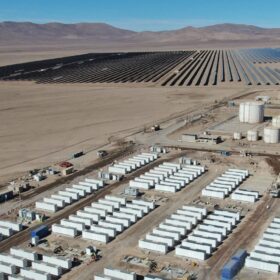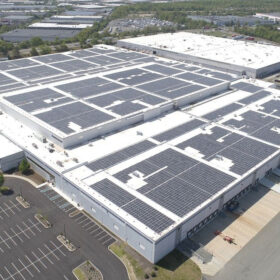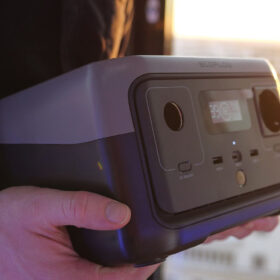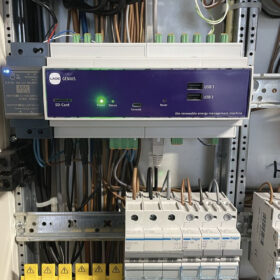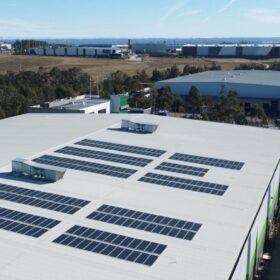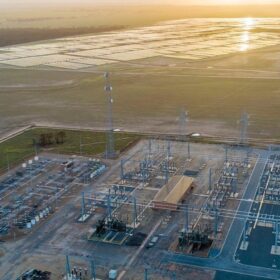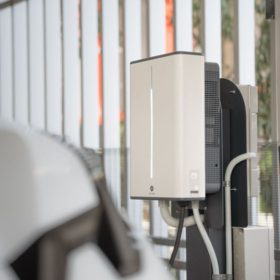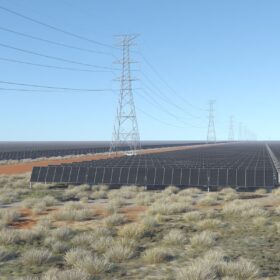Ace Power’s 8 GWh battery project clears federal hurdle
A battery energy storage system of up to 1 GW and 8 GWh capacity has been given the green light for northern New South Wales after securing environmental approval from the federal government.
Eku Energy enters NZ with 300 MW battery project purchase
Eku Energy has bought a major battery energy storage project in New Zealand’s North Island to build out its storage assets.
ABB launches battery storage subscription model to address capital constraints
ABB has announced a “battery energy storage systems-as-a-service” model to add storage to commercial and industrial customers without upfront capex.
Australian grid-scale battery storage earns $69.5M in Q4, 2024
Net revenue for Australian grid-connected battery energy storage systems more than doubled in year-on-year comparisons of the final quarter.
Energy storage installations rise 61% this year
While battery manufacturers have faced tough times in 2024, the sun is shining on the stationary storage market, finds BloombergNEF.
Solid-state battery from ION reaches 800 cycles, no sign of common solid-state issues
United States=based solid-state battery developer ION announced it has achieved 800 cycles with its battery, marking significant progress towards commercialisation. If this trend continues, the development holds promising potential for grid-scale projects.
Digital world driving growing demand for renewable generation
The world’s reliance on the internet, the shift to cloud computing, and the emergence of AI all fuel demand for more and more data centres. The International Energy Agency projects that by 2026, data centres will consume more than 800 TWh annually, more than double their consumption in 2022.
Weekend Read: PV goes portable
Portable solar generators are making their way from the fringes of solar and energy storage to become a mainstream consumer item. The rise has been charged by a range of factors that have created massive brands. Where did the sector emerge from, who was buying before, who is buying now, and what’s next? Tristan Rayner reports.
Weekend read: Artificial opportunities
Artificial intelligence (AI) is hot right now and is finding central applications in homes and businesses as they move from simple grid connections to self-generation, energy storage, electric vehicle charging, and load-shifting revenue streams. With AI everywhere, what’s the difference between advanced control via simple algorithms, and true intelligence?
GoodWe’s new lightweight PV modules now on rooftops
An Alspec building in NSW with a rooftop unable to support traditional solar PV modules adopted GoodWe’s lightweight Galaxy Series, which requires no racking and has ultra-thing glass to save weight.





